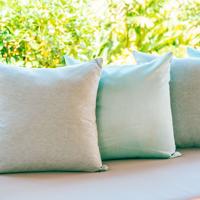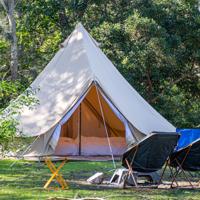When embarking on a camping trip, it’s essential to consider both comfort and sustainability, especially when it comes to the clothing and footwear you pack. One often overlooked item is socks, but choosing biodegradable options can have a meaningful impact on the environment.
Understanding Biodegradable Socks
Biodegradable socks are crafted from natural materials that decompose into the earth after disposal, leaving minimal trace. These socks typically break down over months rather than years, unlike synthetic socks which can persist in landfills for decades.
The materials commonly used in biodegradable socks include organic cotton, wool, bamboo, and Tencel. These fibers are known for their durability, comfort, and eco-friendliness.
Benefits of Biodegradable Socks
-
Environmental Impact: By choosing biodegradable socks, campers contribute to lowering waste footprint since these alternatives break down much faster than their synthetic counterparts.
-
Breathability and Comfort: Natural fibers like wool and bamboo offer excellent breathability, moisture-wicking properties, and comfort, which are crucial for outdoor activities.
-
Thermal Regulation: Materials like wool are known for their natural thermal regulating properties, keeping feet warm in cool weather and cool in warm weather.
Popular Materials and Brands
-
Organic Cotton: This natural fiber is gentle on the skin and highly renewable. Known for its breathability, organic cotton socks often come in varied thicknesses suitable for different seasons.
-
Wool: Renowned for its warmth and moisture control, wool has long been a favorite among hikers and campers. Brands like SmartWool have made strides in creating sustainable wool products. They source their wool responsibly and focus on ethical manufacturing practices.
-
Bamboo: Bamboo grows quickly and requires fewer resources compared to traditional cotton. Bamboo socks are supremely soft and naturally antibacterial. Brands like Bamigo produce socks that compost within 1 to 5 years under the right conditions.
-
Tencel: Derived from sustainably sourced wood pulp, Tencel is another popular choice for environmentally conscious campers. Its luxurious feel and biodegradability make it ideal for socks. Companies like Boody offer socks made with Tencel, highlighting their commitment to eco-conscious clothing.
For more detailed information on how materials like bamboo contribute to sustainability in fashion, check out Fashion for Good’s insights.
Care and Usage Tips
-
Washing: Use cold water and a gentle cycle to extend the life of biodegradable socks.
-
Drying: Air-dry when possible to prevent fiber degradation and save energy.
-
Storage: Store in a dry, cool area to keep them fresh and intact for your next adventure.
Considerations and Choices
Biodegradable socks encompass a thoughtful choice in sustainable camping gear. Though these socks may come at a higher price point than conventional ones, their benefits and reduced ecological impact are worth considering. Given the increasing awareness and availability, many campers find these an invaluable addition to their kit.
Incorporating environmentally friendly options like biodegradable socks into your outdoor adventures supports a cleaner earth. Making informed choices, one garment at a time, can contribute to a positive environmental impact.




